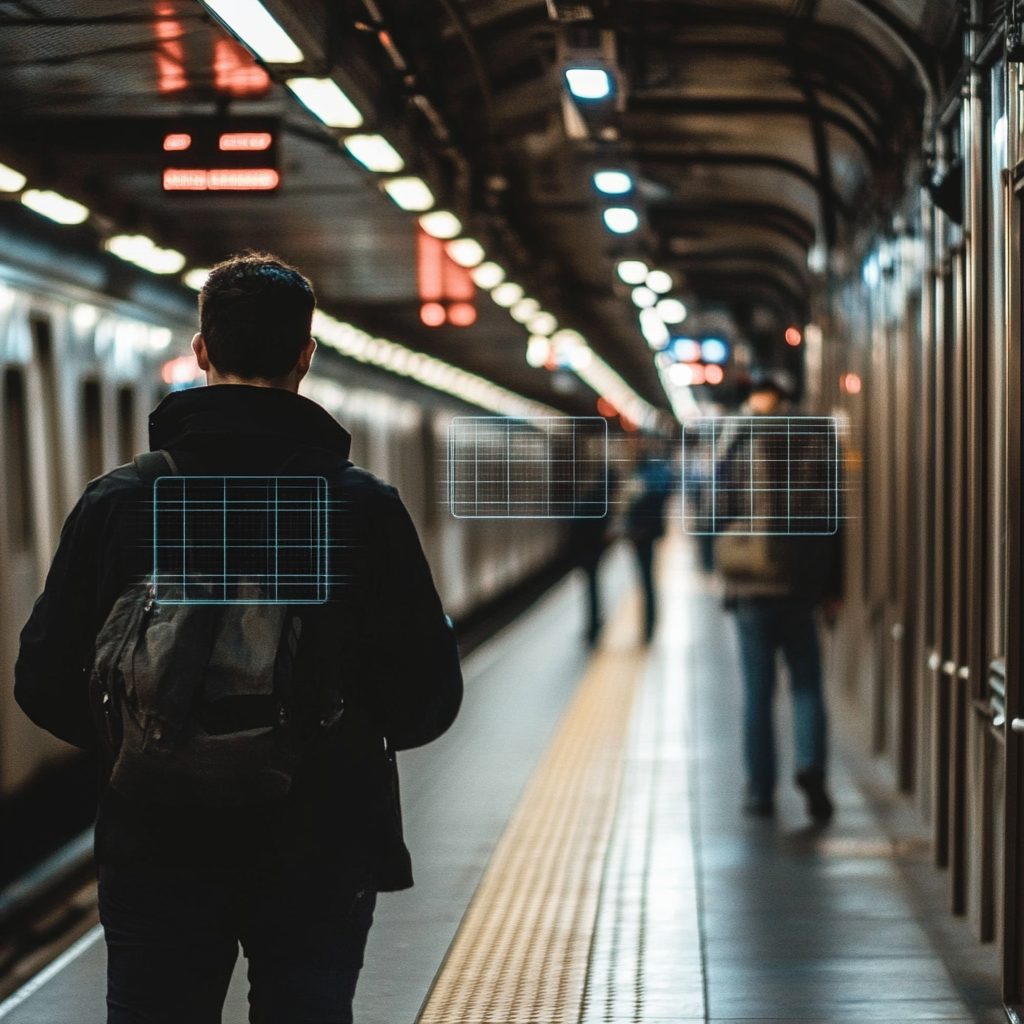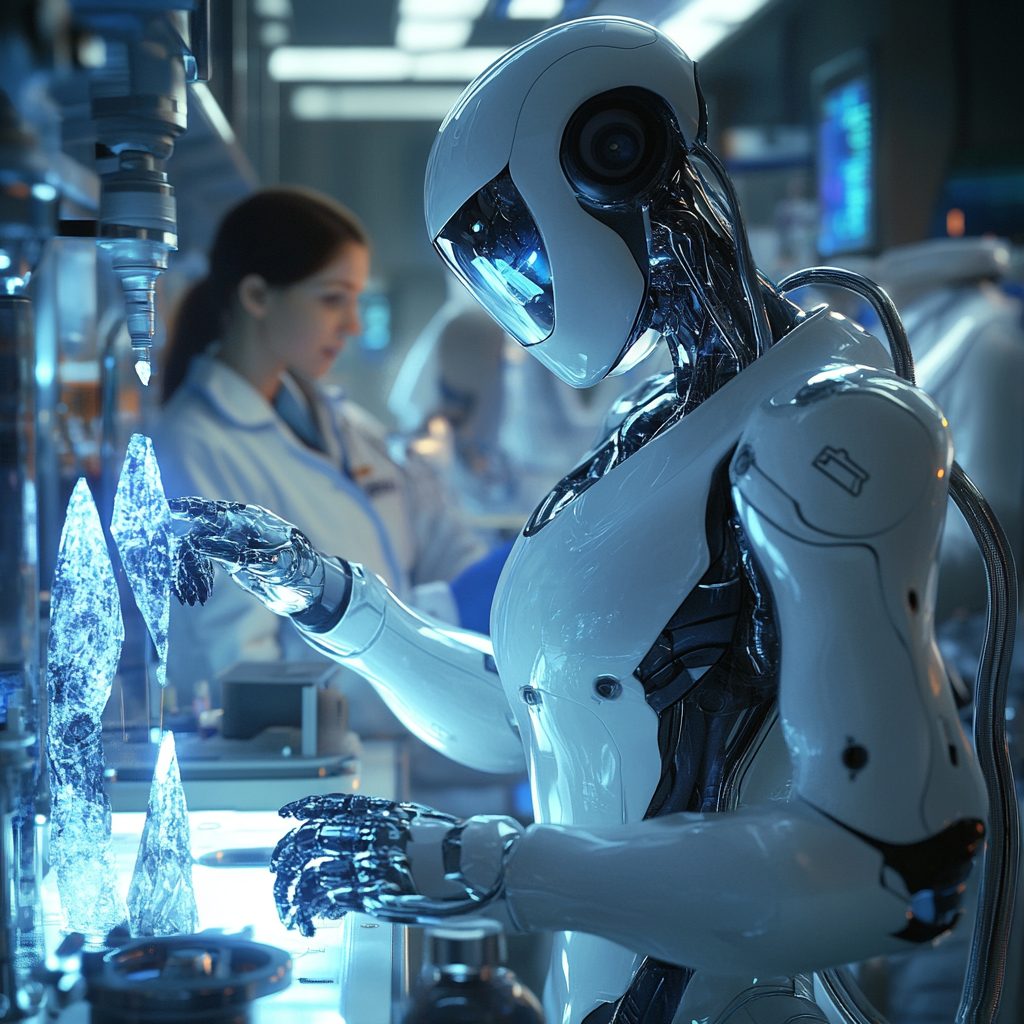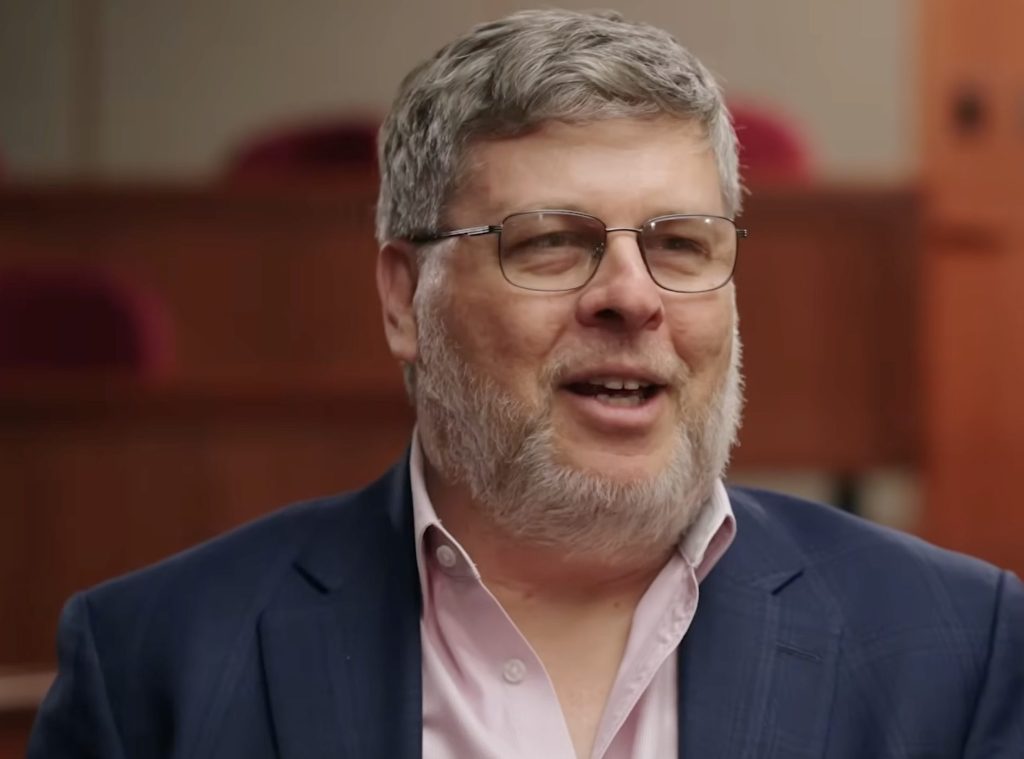New York City is rolling out AI-powered surveillance in its subway system—not in the distant future, but right now. The goal? Catch fare evaders and potentially stop crimes before they happen. That’s right—machines are watching not just what you do, but how you behave. The move, spearheaded by the Metropolitan Transportation Authority (MTA), is already sparking debates: is this smart safety or surveillance overreach?
How the AI System Works
The MTA’s AI system doesn’t use facial recognition—at least not yet. Instead, it monitors live video footage for “anomalous behavior.” That might mean loitering too long near the edge of a platform, pacing nervously, or jumping a turnstile. If the AI spots something suspicious, it instantly sends an alert to security or law enforcement.
According to MTA Chief Security Officer Michael Kemper, “AI is the future,” and the agency is working closely with tech vendors to make the system scalable across the city’s vast transit network.
Addressing Fare Evasion
Fare evasion isn’t just a minor inconvenience—it’s a massive financial drain. The MTA estimates that in 2022 alone, nearly $690 million was lost due to people skipping payment. To combat this, the agency is using AI software developed by AWAAIT, a company that previously helped Barcelona tackle the same problem. The tool automatically flags fare evasion events in real time and provides visual data that helps the MTA understand how, where, and when it’s happening.
This kind of insight, officials argue, is key to crafting smarter enforcement policies without overwhelming human staff.
Privacy Concerns and Public Reaction
As with most surveillance tech, not everyone is thrilled. Civil liberties groups are pushing back, raising concerns about how much is too much. Critics fear the technology could be prone to error, introduce bias, or lead to over-policing in certain neighborhoods.
Justin Harrison, Senior Policy Counsel at the New York Civil Liberties Union, warned that residents “shouldn’t have to live in a surveillance state just to ride the train.” The core worry? Once the cameras start flagging people for behavior, it’s a short ride to profiling, even if there’s no facial recognition involved—yet.
Balancing Safety and Privacy
The MTA insists its priority is safety—not surveillance. The system was intentionally designed to track behavior patterns, not identify individuals. It’s meant to alert staff to potential issues before they escalate, like someone in distress or at risk of falling onto the tracks.
Whether that balance between proactive safety and privacy holds up remains to be seen. What’s clear is that AI is moving out of the lab and into the daily lives of New Yorkers—quietly, quickly, and without waiting for consensus.
Q&A: Understanding NYC’s AI Subway Surveillance
Q: What is the purpose of the AI surveillance in NYC subways?
A: The system uses AI to analyze live footage and detect fare evasion or behavior that could suggest a safety threat, helping staff intervene early.
Q: Does the AI system use facial recognition technology?
A: No. The current system analyzes behavior, not identity. It does not use facial recognition, which the MTA says helps preserve rider privacy.
What’s your take—smart move or slippery slope? Add your thoughts in the comments below!
Stay ahead of what’s next in AI—Sign up for our AI Newsletter and never miss a story that matters.
Want to explore how AI can help solve real-world challenges in your business? Click here for expert consulting that’s grounded, effective, and built for today.



